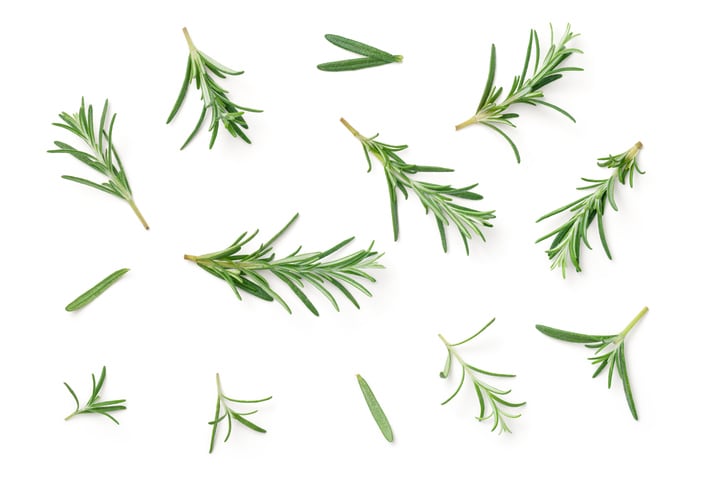Have manufacturers been cleaning up labels a little too much?
At a meeting last month, the Standing Committee on Plants, Animals, Food and Feed tightened rules to prevent manufacturers' misleading use of certain additives.
Antioxidants prolong shelf-life by protecting foods against deterioration caused by oxidation, such as fat rancidity and colour changes. They differ from preservatives, which are substances that act against microorganisms, and both must be labelled accordingly.
The committee said that manufacturers are using certain antioxidants, such as ascorbic acid-ascorbates or citric acid-citrates, at higher levels than authorised.
“The use of higher levels, e.g. to mask or replace the use of preservatives to avoid regulatory restrictions for preservatives and to extend the shelf-life and fresh appearance as if preservatives were used, is not in compliance with the quantum satis principle and thus not authorised,” it said.
Under the quantum satis principle, additives should be used in accordance with good manufacturing practice, "at a level not higher than is necessary to achieve the intended purpose and provided the consumer is not misled".
The committee also decided some manufacturers were misleadingly listing plant extracts as flavours rather than preservatives.
It unanimously decided to confirm previous statements made in 2006 and 2010 (on nitrate-containing spinach extract used in sausages and nitrite-enriched vegetable broth respectively) and to widen their scope to cover all plant extracts capable of performing a technological function.
“Such use is deemed to meet the definition of a food additive and so it shall comply with the conditions set out in the food additive legislation, including relevant specifications, and be labelled in accordance with the appropriate provisions for labelling of food additives,” the committee concluded.
“A number of plant extracts can perform both flavouring and additive functions. When flavourings have a technological function as food additives, the food additive legislation shall apply. In this case, the extracts cannot be claimed to be used as flavourings."
Saving time and money
According to Luca Bucchini, food law expert and managing director of Hylobates Consulting, some manufacturers favoured this practice as a way to save time and resources.
“The requirements for novel foods and food additives include generating safety data and submitting a dossier to EFSA, while the requirements are much more limited for flavouring preparations,” he explained. “[Therefore] some companies have used the strategy of stating that some plant extracts are flavouring preparations.”
The committee’s unanimous position was “inevitable”, he told FoodNavigator.
Michelle Maynard, executive director of food additives and ingredients trade association FAIA took a similar line: “The legislation is clear – you must declare the ingredient according to the function it is performing. So, for example, if you add something for flavouring, it’s a flavouring. If you add it to acidify, it is an additive and must meet the specification for that additive and be labelled as such.”
Need for a 'more nuanced approach'?
However, Bucchini suggested the EU could have considered “a more nuanced approach” similar to that for extracts with colouring properties, also known as colouring foods.
According to the EU guidance notes on colouring foods, foods that retain “essential characteristics” are not considered to be food colours, even if they are used in a processed form, such as concentrated, dried, cooked or milled.
The guidance notes give the example of spinach. It reads: “Spinach used in the manufacture of noodles as such or dried or in the form of concentrated juice, without a selective extraction of pigments, would be considered as a food ingredient and not as a food colour.
“On the other hand if pigments are ‘selectively extracted’ from the spinach and added to noodles in order to add colour, then these are regarded to be food additives, i.e. food colours - chlorophylls and chlorophyllins (E140).”
Bucchini said the Commission and member states missed an opportunity to clarify the situation for manufacturers, considering whether the same line of reasoning it used on colouring foods could apply to plant extracts with ‘antioxidant properties’ or with ‘colour-stabilising properties’.
“I would argue that, due to proportionality, the same line of thinking can be applied to such extracts as it was applied to extracts with colouring properties,” he added.
Nevertheless, Bucchini does not see the ruling as damaging for the clean label movement because manufacturers can still use the full name of the additive in question, and wording such as ‘antioxidant: rosemary extract’ is still more consumer-friendly than an E-number.
“It is certainly more costly and may require different producers of the extracts to join forces,” he added. There is a lot of scientific interest in these extracts, and this should help improve R&D efforts - food additive approval is also a better guarantee that the food additive is actually effective, beyond the marketing material.”

